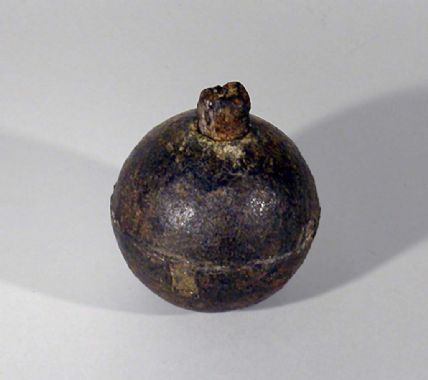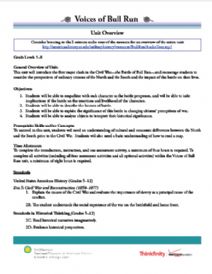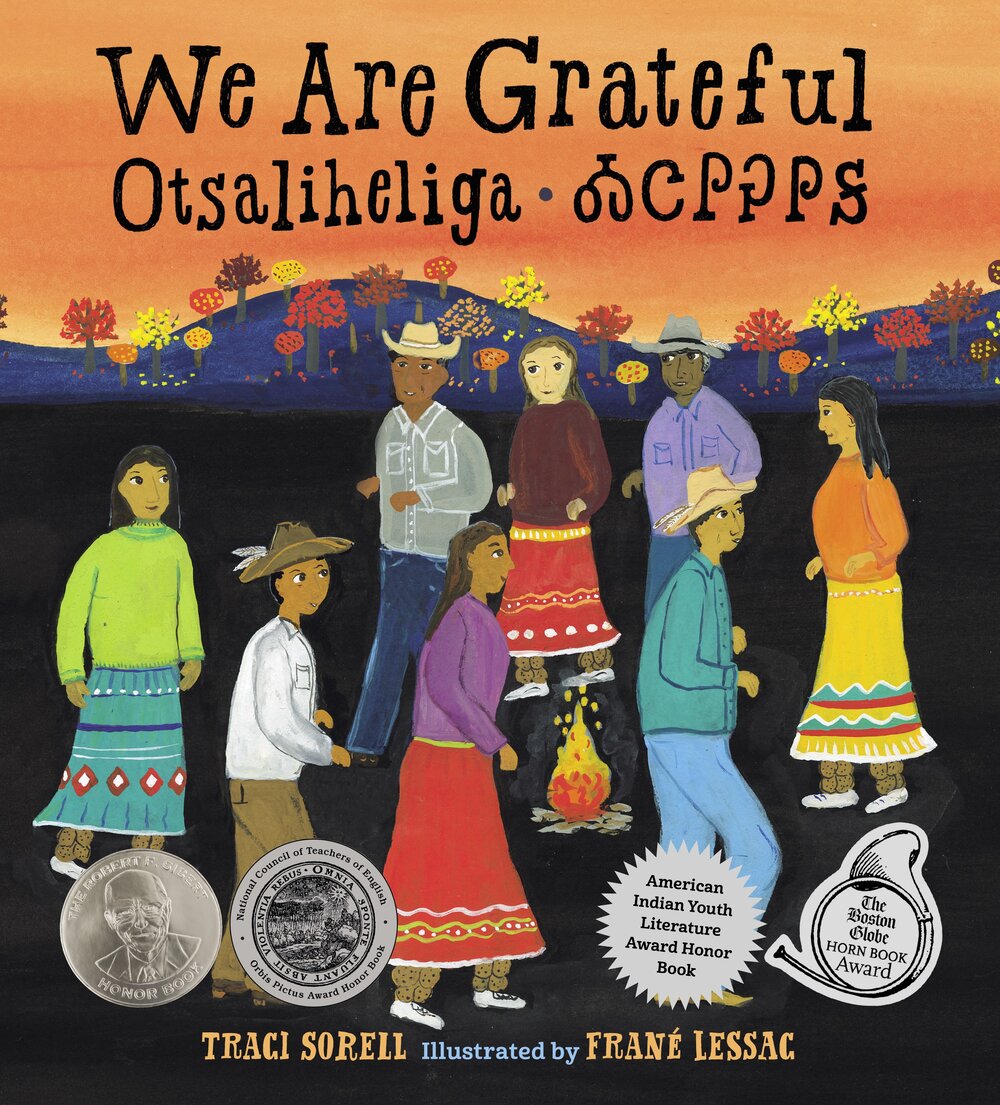As COVID-19 deaths spiked in 2020, Suzanne Firstenberg’s public art installation "In America: How could this happen…"
History Explorer Results (1131)
Related Books (350)

Grade Range:
5-12
Resource Type(s):
Artifacts, Primary Sources
Date Posted:
12/22/2010
This gun derives its nickname of the "Mississippi rifle" from the Mississippi Riflemen led by Jefferson Davis. The Mexican-American War began in 1846. Davis looked favorably upon the war as the United States stood to acquire considerable land south of the Missouri Compromise line. It was an

Grade Range:
5-12
Resource Type(s):
Reviewed Websites
Date Posted:
8/6/2009
This website, from the New York Historical Society, is a collection of two special exhibitions focused on slavery in antebellum New York. Both sites offer students interpretation of the people, places, and documents that define New York’s experience with slavery, culminating in New York�

Grade Range:
5-12
Resource Type(s):
Artifacts, Primary Sources
Date Posted:
12/15/2010
Grenades of this type played an important part in the biggest naval battle of the Revolutionary War. The Bon Homme Richard under the command of Captain John Paul Jones entered into a battle with the British ship the Serapis. The Serapis was a much faster and heavier shi

Grade Range:
K-12
Resource Type(s):
Artifacts, Primary Sources
Date Posted:
11/5/2008
Religion has an essential role in military history, which is reflected in military material. Steel-covered New Testaments were popular keepsake gifts for soldiers going off to fight in World War II. Advertised in newspapers and magazines as protection from bullets, the small books were designed t

Grade Range:
6-12
Resource Type(s):
Primary Sources, Lessons & Activities, Worksheets
Date Posted:
9/12/2009
In this activity, one of three on the Bracero Archive website, students will examine two public laws and other primary resources related to the Bracero worker program and apply their knowledge to evaluate whether the program was carried out as intended.
The Smithsoni

Grade Range:
6-12
Resource Type(s):
Reference Materials
Date Posted:
9/8/2008
Students will review the roles of the presidency by using objects, images, and documents in this section of the online exhibition The American Presidency: A Glorious Burden. Students will explore the complex duties of the president and how they have helped to determine their actions and

Grade Range:
5-12
Resource Type(s):
Reference Materials
Date Posted:
8/23/2009
In this section of the online exhibition entitled Treasures of American History, students will explore the diverse roots of American culture as well as common experiences shared across lines of race, ethnicity, and region. They will learn how culturally, Americans have defined

Grade Range:
5-8
Resource Type(s):
Lessons & Activities, Worksheets
Date Posted:
9/21/2010
This unit will introduce the first major clash in the Civil War--the Battle of Bull Run--and encourage students to consider the perspectives of ordinary citizens of the North and the South and the impact of this battle on their lives. The activities are based on the award-winning young adult nove

Grade Range:
2-6
Resource Type(s):
Reviewed Websites, Interactives & Media
Date Posted:
9/1/2009
This interactive Web site from Plimoth Plantation, a Smithsonian Affiliate, focuses on clarifying fact and fiction surrounding the "First Thanksgiving." Students use audio from Plimoth Plantation historians, images of artifacts, and a glossary to answer questions and explore the lives of the Wama

Grade Range:
12-
Resource Type(s):
Reference Materials
Date Posted:
3/9/2016
Object Project examines how the interplay of people, innovative things, and social change have shaped life as we know it.



















